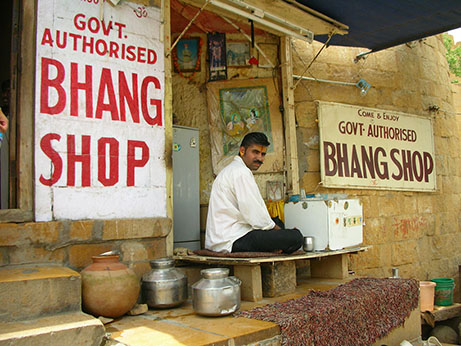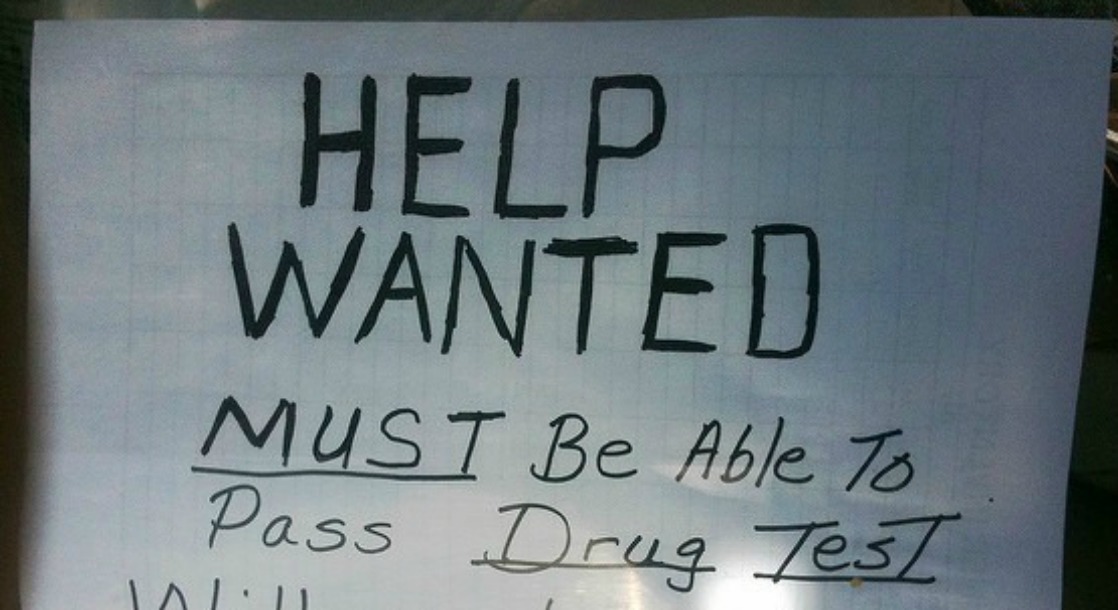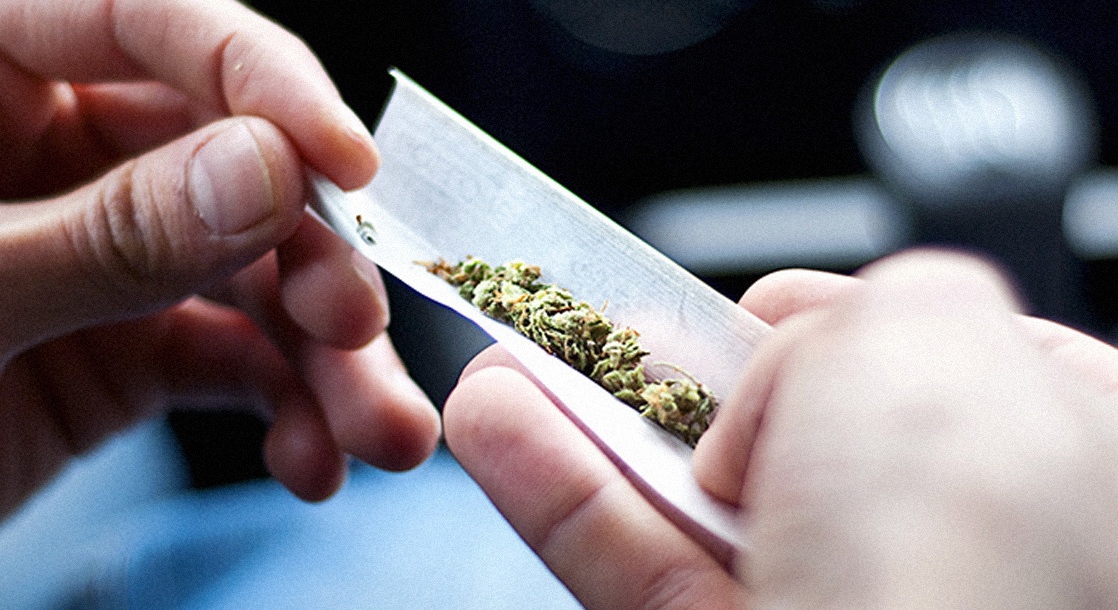“To the five kingdoms of the plants which Soma rules as Lord we speak. Darbha, hemp, barley, mighty power: may these deliver us from woe.” These words are from one of the most ancient texts still in use today, the Atharvaveda, revered by Hindus as a holy text. While no explicit mention of hemp as a psychoactive item is made in the vedas, Sanskrit texts from the same era indicate that bhang, as it is known in India, was used for its psychoactive properties on the subcontinent for millennia.
In fact, the first legislation against cannabis across the nation of India did not come until 1986, remarkably late especially considering the subcontinent’s British colonial history. The legal change came as India’s allies in the West were in the most aggressive throes of their ill-conceived “War on Drugs,” and attempted to subvert thousands of years of both religious and social history. Hindu legend has it that Shiva, wandering away from an argument with his family, discovered the healing properties of cannabis—use of the plant has been a part of Shiva’s extensive cult for as long as there have been Hindus. Devotees will brew a beverage with cannabis leaves, also called bhang, to aid in their meditation, but use is also prevalent in secular society.
The Indian Hemp Drugs Commission Report of 1894, commissioned by British bureaucrats in India concerned with the systematic use of bhang among the population of their empire’s “crown jewel,” conducted hundreds of interviews to determine the attitudes toward cannabis in the country. After years of research with special consideration paid to the possibility of cannabis use causing psychosis, the commission determined that attempting to suppress the use of bhang in India would be “unjustifiable.” In addition to needlessly treading upon thousands of years of religious tradition for the sake of western hegemony, prohibiting use of the plant would cause farmers in Indian states where cannabis grows particularly well, like Tamil Nadu and Himachal Pradesh, to lose revenue.
Since 1986 when cannabis prohibition went into effect in India, some of the hardest hit have been farmers in these very areas. Though bhang beverages can still be easily found being sold openly by street vendors, laws against cultivation and trafficking mean farmers are forced to sell their product to anyone who will buy it—usually drug dealers—and at any price, leaving them among the poorest in an already poor country. In addition to their shady clientele and bare-bones pricing, farmers in India also have to contend with the local police forces’ enthusiastic waging of India’s own version of the war on drugs, which often involves the outright torching of entire fields.
After Colorado and Washington legalized cannabis in 2012, The Times of India was quick to point out that until the West’s war on drugs brought cannabis prohibition to India in the very recent past, what those states hoped to achieve had been the norm across the subcontinent. And it was not lost on the paper’s editors that it was only after 25 years of constant pressure from the U.S. that India implemented prohibition. “India has known, consumed and celebrated ganja, charas and bhang for millennia,” The Times of India wrote on November 10, 2012. “Their consumption was never regarded as socially deviant behaviour any more than drinking alcohol was. If there was any bias…it was that these were often viewed as the poor man's intoxicant by the upper classes. But come Holi [the Hindu Spring festival], these prejudices would melt away as rich and poor savoured the joyous high of bhang.”











